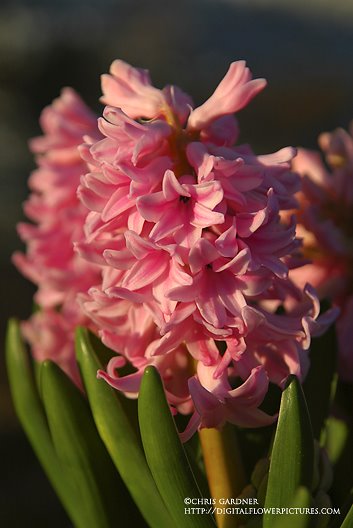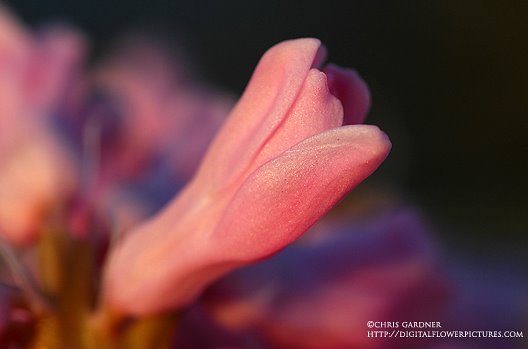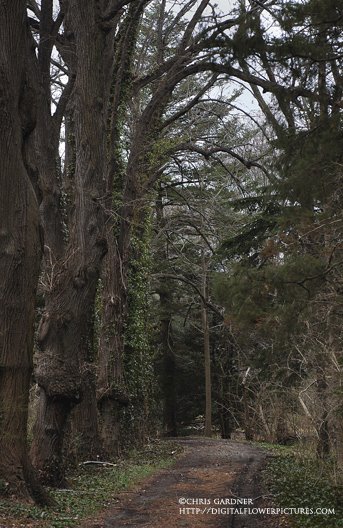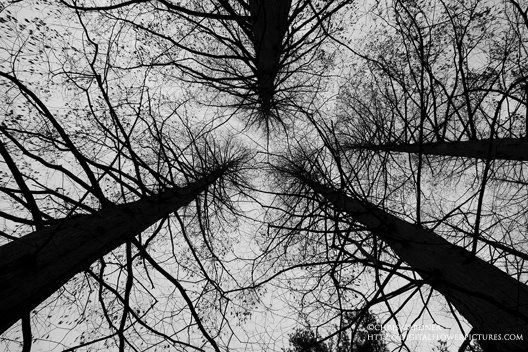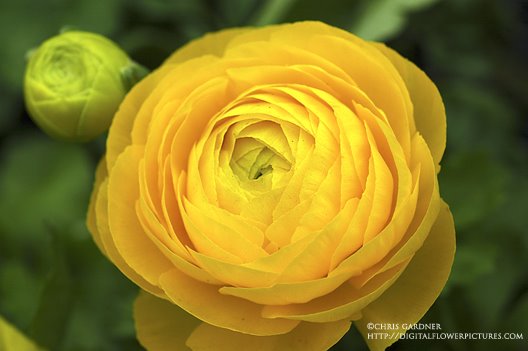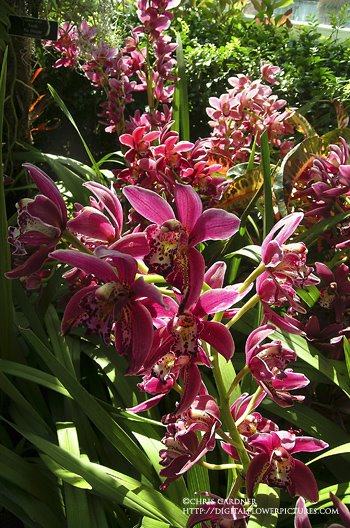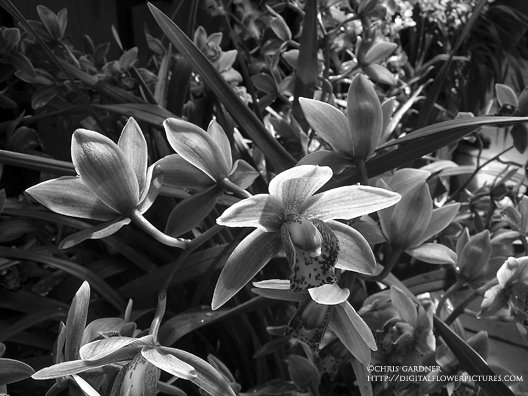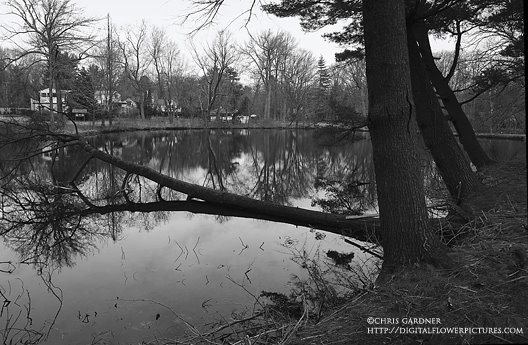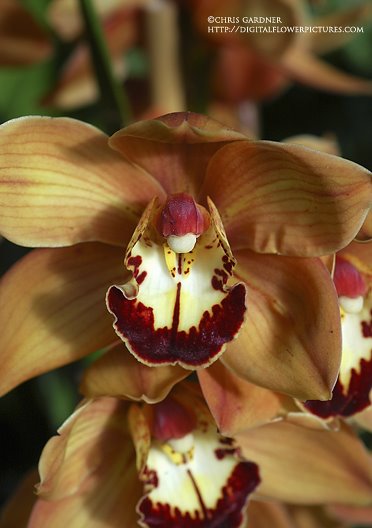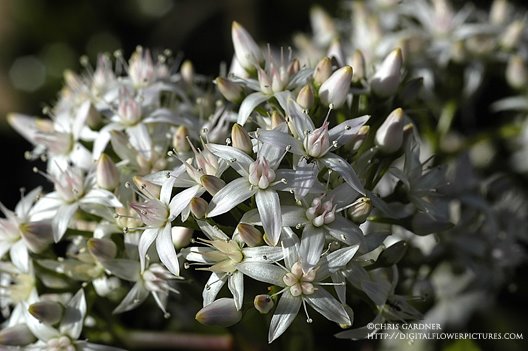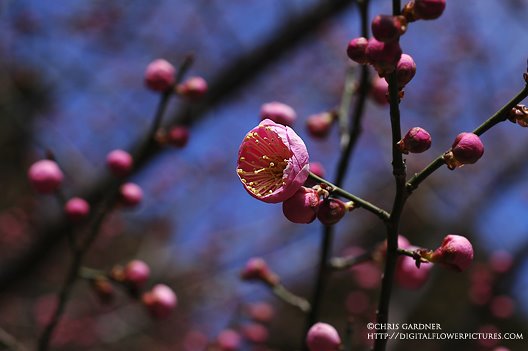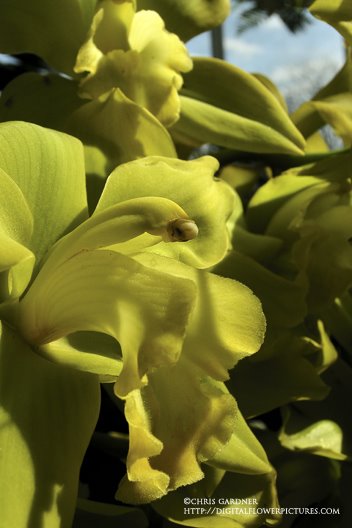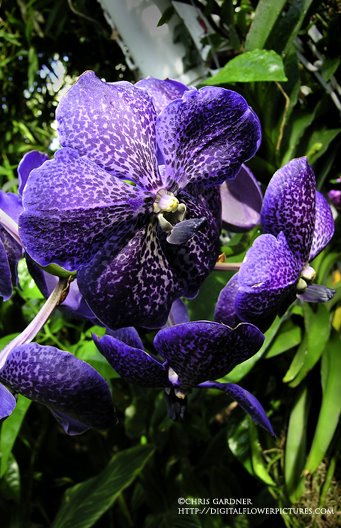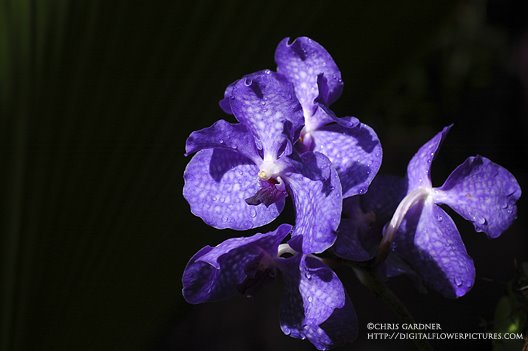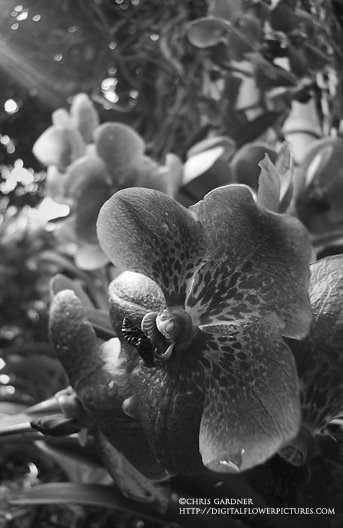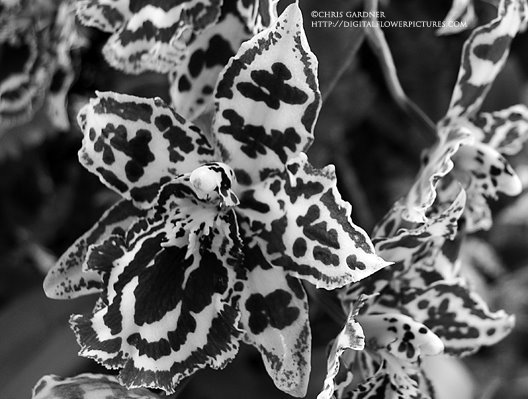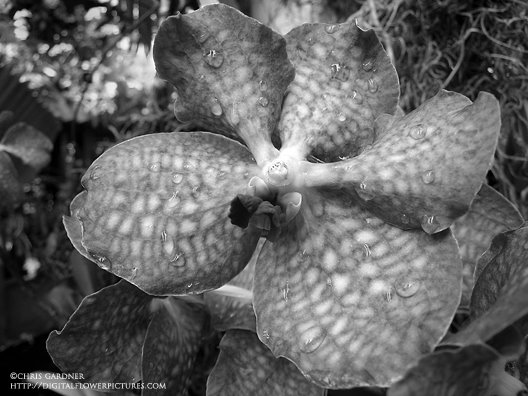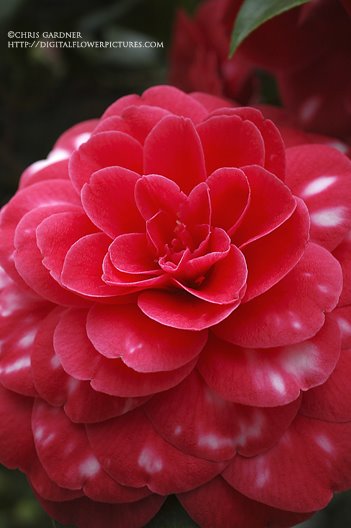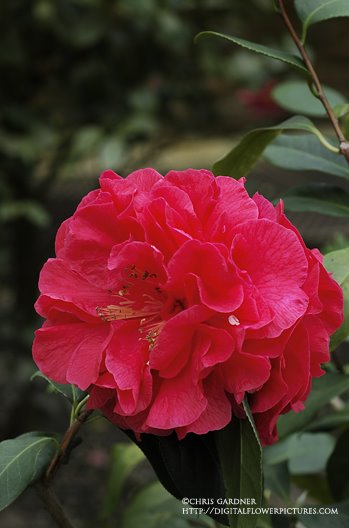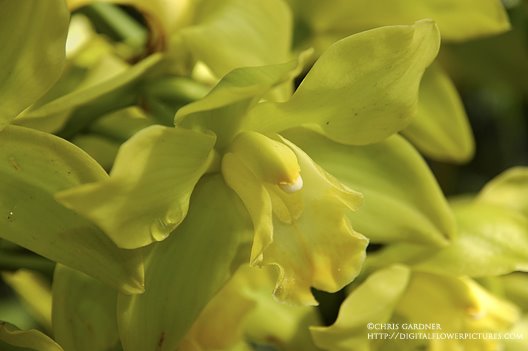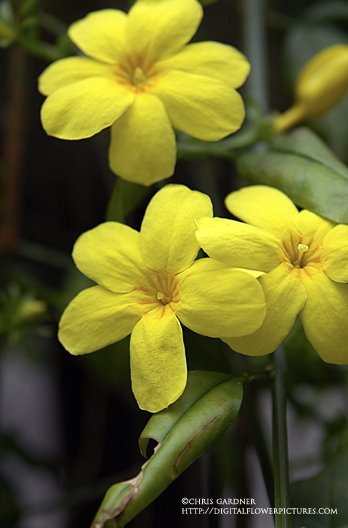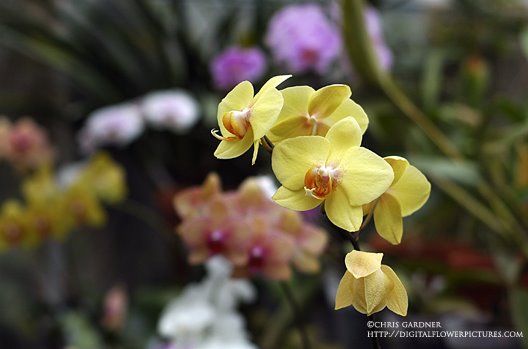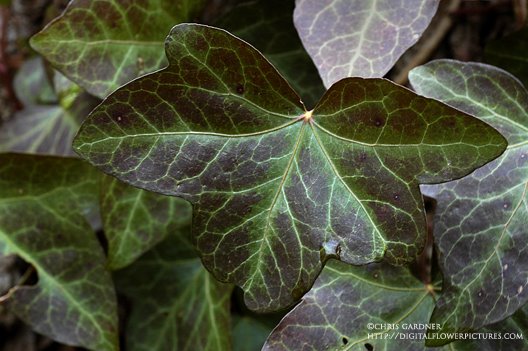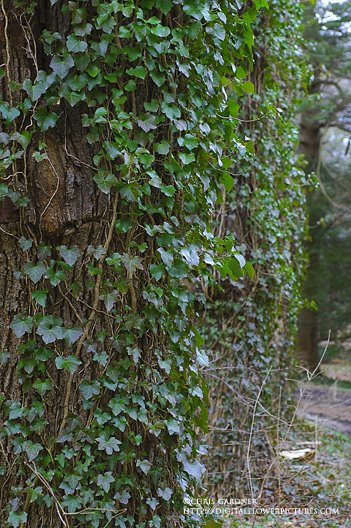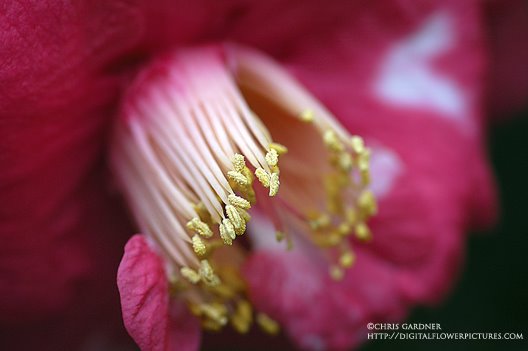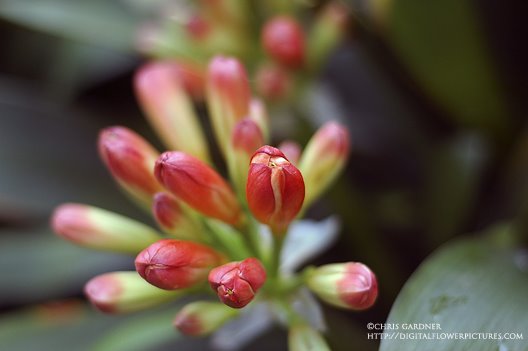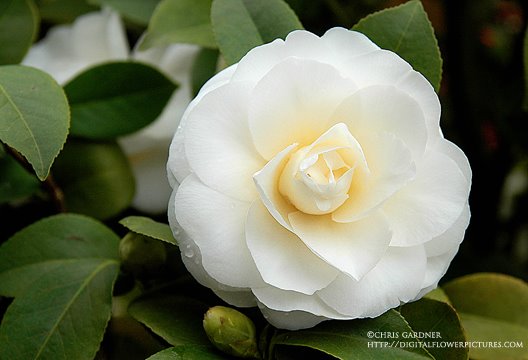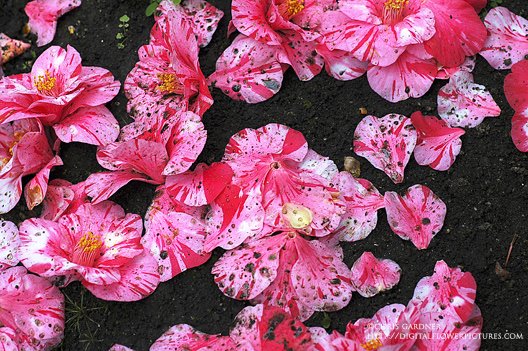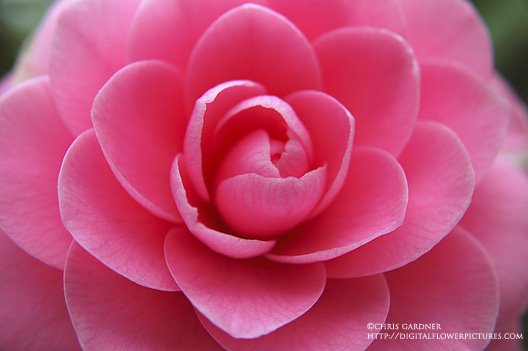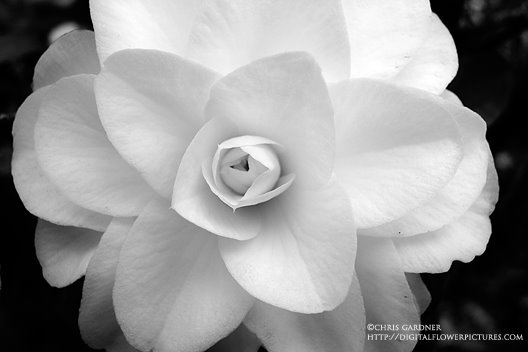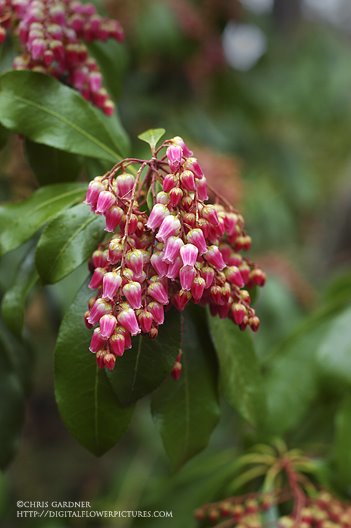 Red Lily of the Valley Shrub (Pieris japonica 'Flamingo')
Red Lily of the Valley Shrub (Pieris japonica 'Flamingo')Nikon 50mm/1.8 Shots
Phillip over at
Dirt Therapy commented the other day that he was thinking of buying a Nikon 50mm lens so I wanted to post a few pictures to maybe help his decision. When I was leaving the Main Greenhouse at Planting Fields on Sunday I decided to put on the 50 and shoot my way out to the parking lot. Now conditions were basically terrible, it was raining, very late afternoon on an overcast day and I was tired. I think that most lenses, especially the $100 ones, would not do as well under those circumstances. Working with the 1.8 setting can be a little difficult with the nature shots. It really gives a razor thin depth of field.
I took about 20 pictures on my way to the truck. This first shot is one of my favorite early blooming spring shrubs,
Pieris japonica. A lot of people call it Andromeda but I think that is technically incorrect. It is a great broadleaf evergreen that can grow in sun and shade. It likes rich soil and adequate moisture. I have seen grow in some pretty wet conditions also. The Estate has a lot of different cultivars and species (25+) as it one of the owner’s favorite plants. It seems like I see a couple new cultivars every year and it is easy to find one that pleases, there is such a variety. This one is the red flowered cultivar ‘
Flamingo’. Some of the varieties have red buds but only a few have this red of a flower when they are open. The red and pink flower types are just starting to get popular and I think they will be seen more and more. I am going to save some comments for when the Pieris come into flower in my area (Long Island is a week or two ahead of us) and hope to do a little series on the different cultivars.

I have been photographing a lot of Witch Hazels, as they are really one of the earliest shrubs to bloom here. Often times they bloom in mid-February or even earlier depending on the weather. I took a couple of pictures of this plant because it is one I hadn’t seen before, its official name is
Hamamelis x
intermedia '
Barmstedt Gold'. This was a small specimen so I can’t comment on the shape or branching but the flower color is superb. Its a lot darker yellow than ‘Arnold’s Promise’.

This tree is a China Fir (
Cunninghamia lanceolata) and is located right next to the parking lot. I try and take a picture of it every time I visit Planting Fields, mostly it is an exercise in frustration. I decided to shoot it at F2 since that is the weekly assignment on a photography forum I am a member of. They say that this tree is hardy in Zone 6b (-5 F) but I haven’t seen them growing in Connecticut, maybe you could get away with it along the shore. It is a fantastic tree that is very stately and gets up to about 40 feet tall. Make sure you get yours from a reputable source as they can be variable depending on where the cutting was taken from the parent tree. There is a wonderful blue version available, also.
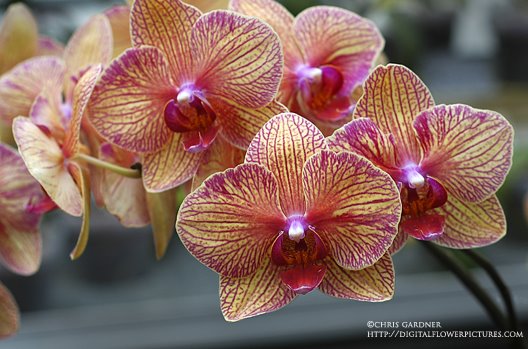
I took this picture in the greenhouse. They have a great Orchid collection at Planting Fields including some rare ones. I am including this picture for a friend that asked me to post some 50mm floral shots. One other thing I would like to add about the 50mm is that it is quite small and almost toy looking. I like the fact that it is light weight and the build quality is fine as mine has proved.
If you have a chance please visit Phillip’s blog. He is located in Florence, Alabama and is a great gardener and very handy with the camera. I like visiting to see all the stuff that I can’t grow because of the climate around here.
